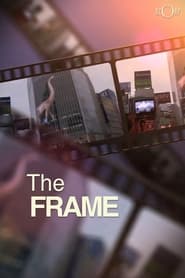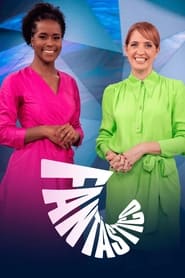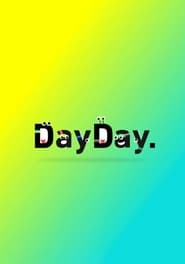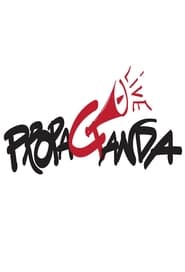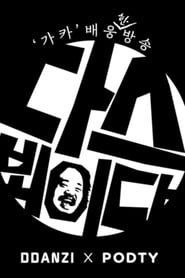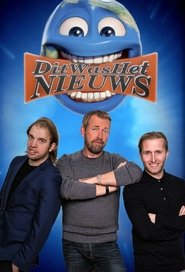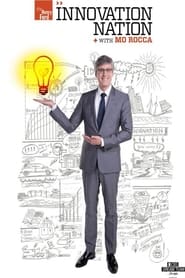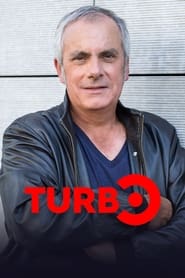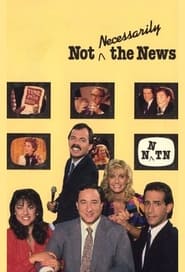Popular News TV Series on Tub Tv - Page 8
-
Nudes in the News
2002
-
VICE News Tonight
2016
VICE News Tonight
2016
star 6.6VICE News' half-hour nightly newscast. We now interrupt your regularly scheduled worldview. -
quer
2002
quer
2002
-
The Frame
2013
-
Fantástico
1973
Fantástico
1973
star 7.3Fantástico is a Brazilian weekly television newsmagazine broadcast on Sundays on Rede Globo. -
DayDay.
2023
DayDay.
2023
A show covering entertainment, trend news, and hot topics, featuring in-depth discussions on relevant issues, real-time viewer polls, the latest weather updates, and horoscopes. -
Propaganda Live
2017
-
김어준의 다스 뵈이다
2017
-
Vetenskapens värld
1971
Vetenskapens värld
1971
star 6.7Vetenskapens värld is a popular science TV documentary program broadcast on Swedish Television (SVT). -
Tele-Akademie
1987
Tele-Akademie
1987
-
Dit Was Het Nieuws
1996
Dit Was Het Nieuws
1996
star 6.5Dit was het nieuws is a Dutch television program of RTL4, wherein two teams give a satirical account of the previous week's news. The program has the form of a game show in which two teams, each with a team leader and weekly guest, compete against each other. The scoring is not serious; after the first round, for instance, the score is always 4-4. -
和陌生人说话
2017
和陌生人说话
2017
-
The Henry Ford's Innovation Nation
2014
star 5The Henry Ford’s Innovation Nation is a weekly Saturday morning show on CBS that showcases present-day change-makers from all over the world who are creating solutions to real needs. It is hosted by news correspondent and CBS Sunday Morning regular Mo Rocca. Each episode presents stories related to the process of innovation and also includes one story on The Henry Ford—its Archive of American Innovation, its unique visitor experiences and its unparalleled expertise. The intent is to stimulate curiosity and to inspire audiences with entertaining yet educational stories about yesterday and today’s visionaries and turning points that changed the course of history, as well as innovations and inventions that are changing the world today. The Henry Ford’s Innovation Nation is produced in partnership by The Henry Ford and Litton Entertainment, a leading independent production and distribution company. -
Sportclub
2000
-
Dumont
2009
Dumont
2009
A public affairs show hosted by Mario Dumont. With an experienced team backing him up, Dumont proposes news stories, conducts interviews with citizens and players in the news, and provides his own comments, which are the fruit of his most recent observations. -
Turbo
1987
-
ARD Buffet
2000
ARD Buffet
2000
-
Naked News
2005
Naked News
2005
star 6A real television newscast, the show is prepared in Toronto and runs daily, with 25-minute episodes 6 days per week. The female anchors read the news fully nude or strip as they present their news segments. -
Aktuelle Schaubude
1957
-
Not Necessarily the News
1983
star 6.2Not Necessarily the News is a satirical sketch comedy series that first aired on HBO in September 1982 as a comedy special, and then ran as a series from 1983 to 1990. It featured sketches, parody news items, commercial parodies, and humorous bits made from overdubbing or editing actual news footage. It was based on the British series, Not the Nine O'Clock News. Not Necessarily the News was also the birthplace of Rich Hall's sniglets.
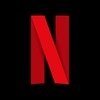 Netflix
Netflix
 Amazon Prime Video
Amazon Prime Video
 Apple iTunes
Apple iTunes
 Apple TV Plus
Apple TV Plus
 Disney Plus
Disney Plus
 Google Play Movies
Google Play Movies
 Paramount Plus
Paramount Plus
 Hulu
Hulu
 HBO Max
HBO Max
 YouTube
YouTube
 fuboTV
fuboTV
 Peacock
Peacock
 Peacock Premium
Peacock Premium
 Amazon Video
Amazon Video
 The Roku Channel
The Roku Channel
 AMC+
AMC+
 Kocowa
Kocowa
 Hoopla
Hoopla
 The CW
The CW
 Vudu
Vudu
 Starz
Starz
 Showtime
Showtime
 PBS
PBS
 Pantaflix
Pantaflix
 FXNow
FXNow
 Tubi TV
Tubi TV
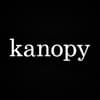 Kanopy
Kanopy
 Comedy Central
Comedy Central
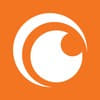 Crunchyroll
Crunchyroll
 Microsoft Store
Microsoft Store
 Redbox
Redbox
 Sun Nxt
Sun Nxt
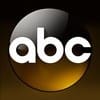 ABC
ABC
 DIRECTV
DIRECTV
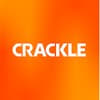 Crackle
Crackle
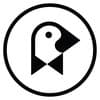 Fandor
Fandor
 Plex
Plex


